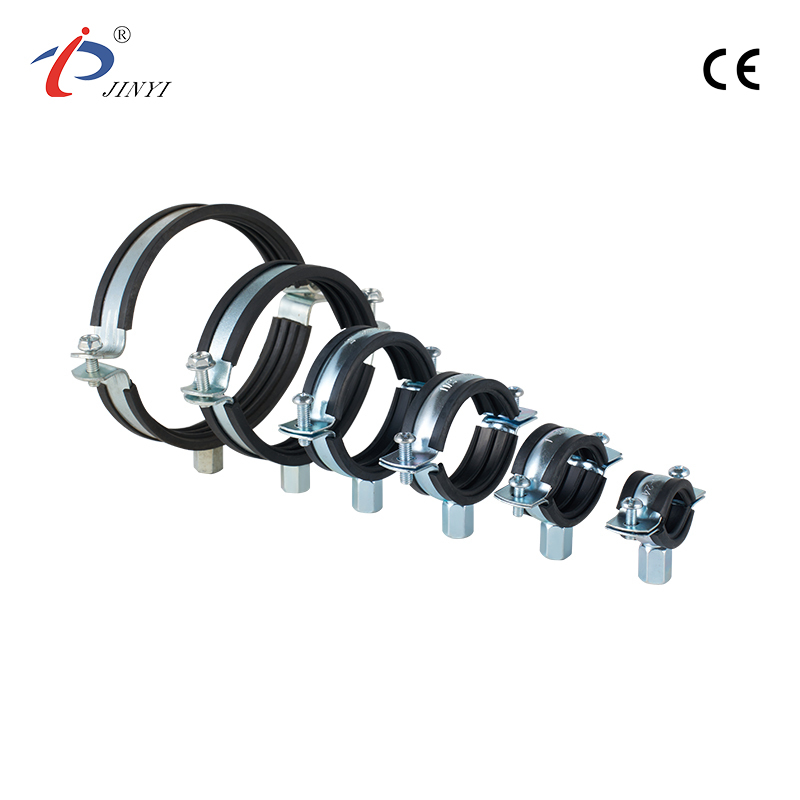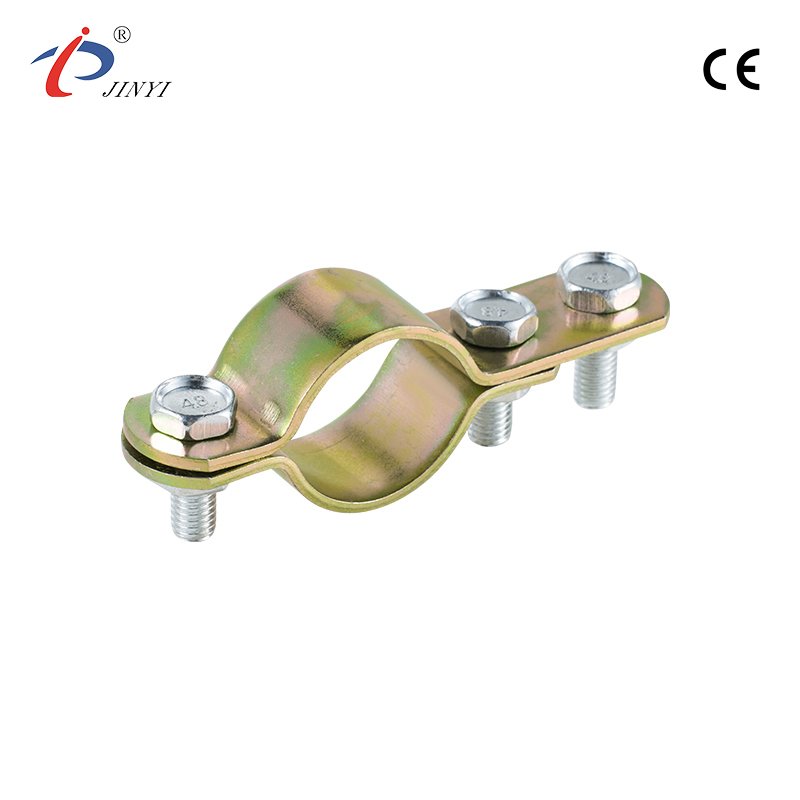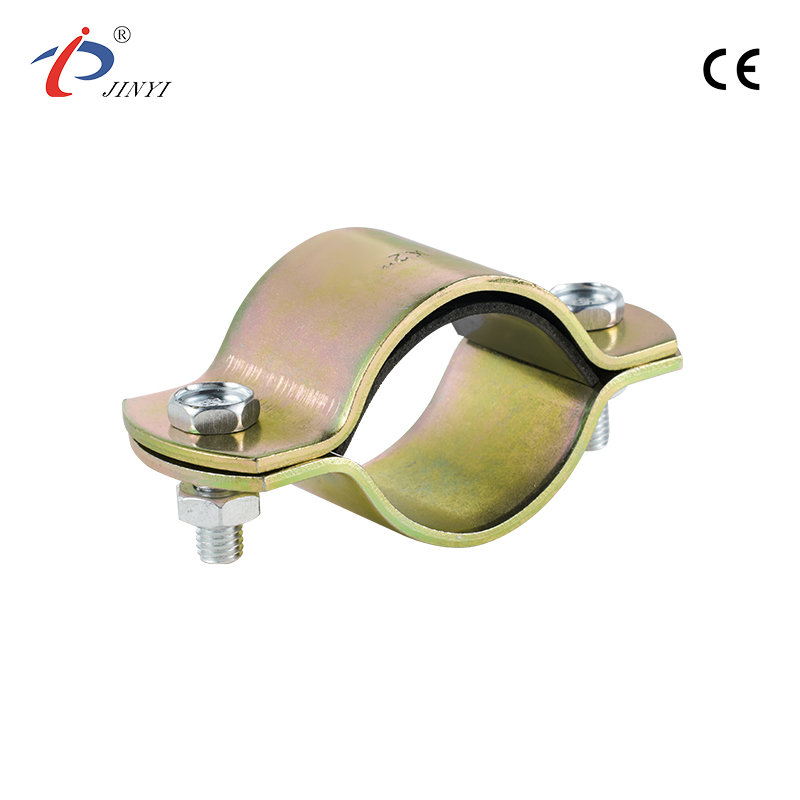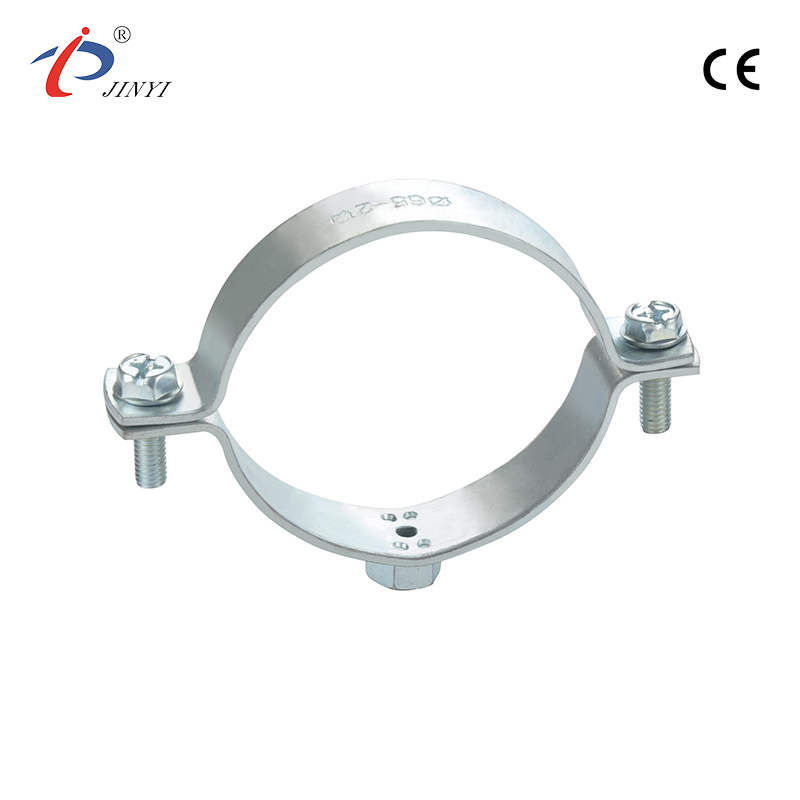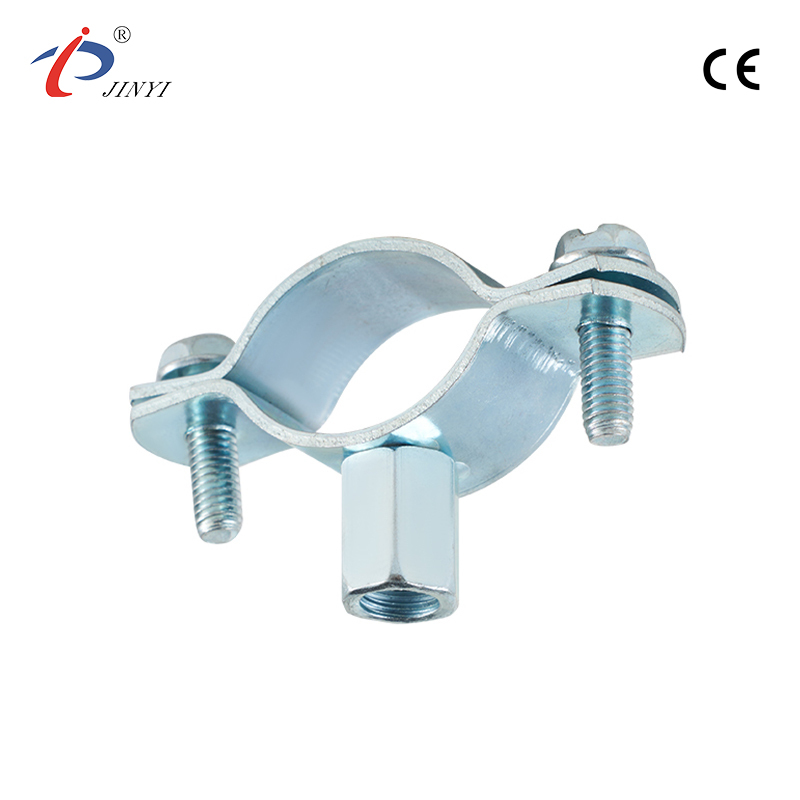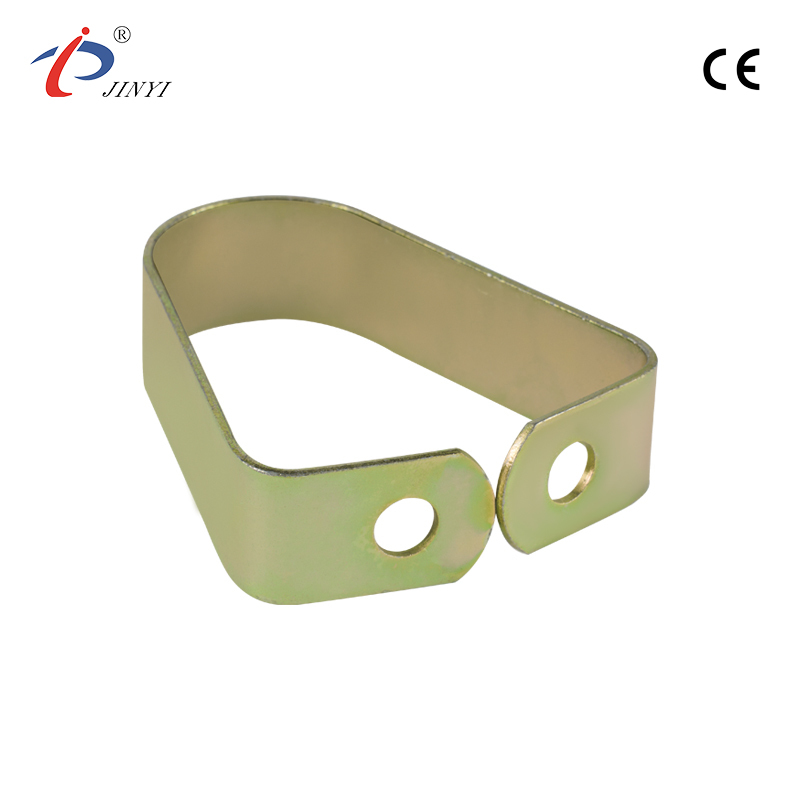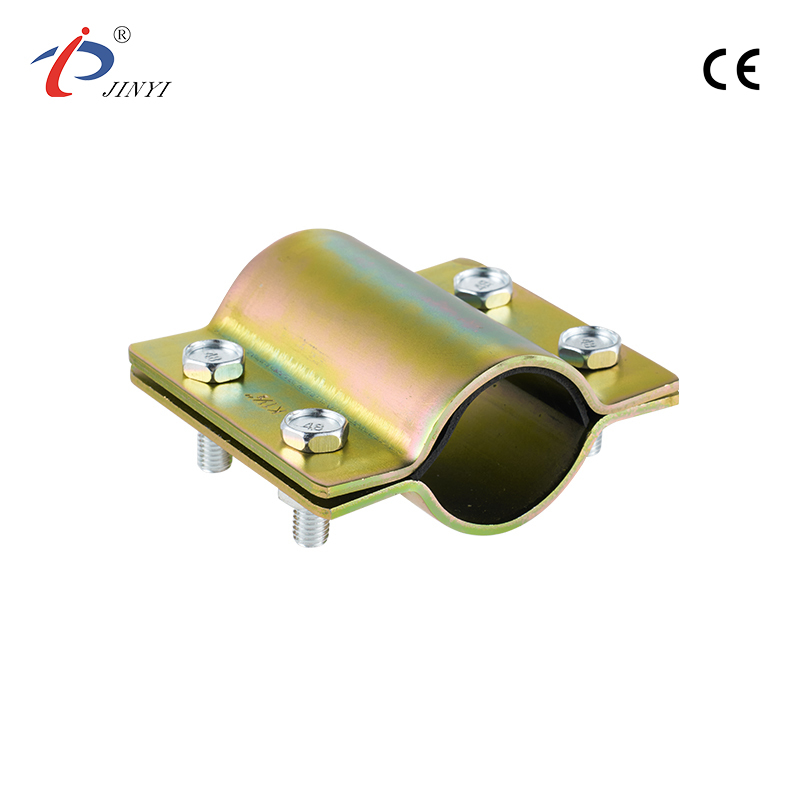Are Shower Tray Leg Frames Redefining the Future of Bathroom Installations
2025-10-13
In the evolving world of interior construction, bathroom design has become one of the most dynamic areas for innovation. Homeowners, architects, and installers are continually searching for practical solutions that combine function, adaptability, and ease of installation. Among the most notable developments in recent years are riser kits and adjustable shower tray leg frames, two systems that have significantly influenced how modern bathrooms are built and maintained.
Both serve a crucial purpose — supporting shower trays and managing drainage systems — yet they differ in structure, flexibility, and long-term performance. Understanding their roles and comparing their functions reveals how these installation systems are reshaping the standards of bathroom construction.
The Rise of Adaptable Installation Systems
Modern renovation projects prioritize flexibility. Homes today are built with a mix of materials — concrete, timber, and composites — each presenting different challenges during bathroom installation. Uneven floors, limited access to plumbing, and changing design preferences require adaptable support systems.
Adjustable shower tray leg frames emerged as a solution to these evolving needs. Unlike traditional fixed bases, these frames allow precise height adjustments for each leg, creating a level surface even on irregular flooring. For installers, this innovation simplifies alignment and reduces preparation time, eliminating the need for extensive subfloor modifications.
Meanwhile, riser kits have maintained their relevance by offering a simple way to elevate a shower tray, particularly in buildings where the subfloor cannot be altered. They raise the tray just enough to allow pipework and drainage to fit comfortably below, making them practical for solid or concrete flooring situations.
Comparing Function and Application
While both systems aim to provide stability and support, their differences influence how and where they are used.
Riser kits provide a fixed, enclosed base that lifts the tray above the floor. Once installed, the structure remains stable but lacks flexibility for later adjustments. They are often chosen for their clean finish and straightforward setup, especially in uniform environments such as hotels or apartment buildings where maintenance access is limited.
Adjustable shower tray leg frames, on the other hand, bring customization to the installation process. Each leg can be individually altered to achieve perfect leveling, an advantage when working with uneven or sloped floors. The design also allows easy access underneath the tray, making future maintenance or pipe adjustments far simpler.
This difference — fixed simplicity versus adjustable flexibility — defines the choice for many installers and homeowners.
Addressing Installation Challenges
Uneven flooring is one of the most frequent issues in both new constructions and renovations. Without proper support, even a small imbalance can cause stress points, leading to cracks or water leakage over time. Adjustable leg frames solve this problem by distributing the weight evenly and maintaining a stable platform underfoot.
Moisture management is another critical consideration. Bathrooms are naturally humid environments where small imperfections in installation can lead to long-term damage. Both riser kits and adjustable frames help keep the tray elevated, ensuring that water does not accumulate underneath and that ventilation remains possible.
However, leg frames often stand out for accessibility. When plumbing issues arise, their open design allows for direct maintenance without removing the entire shower tray — an advantage that riser kits cannot always offer.
Evolution of Design and Material Quality
As the popularity of these systems has grown, so has the innovation behind their materials and construction. Manufacturers now design frames with corrosion-resistant metals, reinforced brackets, and lightweight components that enhance both durability and ease of handling.
Adjustable leg frames, in particular, have evolved with smoother height control mechanisms and anti-vibration bases that reduce movement during use. These developments reflect a shift toward ergonomic installation and long-term stability rather than one-time setup convenience.
Riser kits, meanwhile, have seen improvements in design aesthetics. Modern versions integrate neatly with the tray, offering a uniform appearance that conceals plumbing while maintaining a compact footprint. This makes them appealing in minimalist bathrooms where visible structural elements are reduced.
Benefits for Homeowners and Professionals
From a homeowner's perspective, both systems contribute to greater comfort and longevity. A stable, well-supported shower base enhances the sense of safety and durability, ensuring that daily use remains reliable. Adjustable leg frames are especially appealing to those who value long-term maintenance access — a key advantage when remodeling in stages or making future upgrades.
For installers and contractors, the benefits are just as clear. Adjustable systems save time during setup, particularly when dealing with irregular subfloors. They allow fine-tuning and on-site corrections that reduce installation errors. Riser kits, on the other hand, are appreciated for their predictability — an important factor in large-scale developments where consistency is key.
Both systems also reduce strain during installation, as they eliminate the need for heavy lifting or complex adjustments once the tray is positioned.
Aesthetic and Functional Harmony
Today's bathroom spaces blend functionality with visual harmony. Riser kits appeal to those who prefer enclosed designs that hide the functional components beneath a clean platform. In contrast, adjustable leg frames provide a discreet yet accessible structure that supports modern design flexibility.
For architects and designers, the choice between these systems often depends on project goals. In luxury or custom builds, adjustable frames allow creative freedom and precise alignment with other fixtures. In standardized or prefabricated bathrooms, riser kits maintain design uniformity and ease of replication.
This balance between aesthetic continuity and functional performance demonstrates how installation systems have become integral to the design conversation — not just a technical afterthought.
Industry Trends and the Road Ahead
Market observations suggest that adjustable shower tray leg frames are gradually gaining popularity, particularly in residential renovations. Their adaptability suits diverse flooring conditions and evolving plumbing layouts. At the same time, riser kits remain strong in commercial projects, where uniform installations and minimal maintenance are prioritized.
The growing interest in sustainable construction has also influenced these choices. Adjustable frames, which can be reused or re-leveled without replacing the entire base, align with the principles of waste reduction and longevity. As more builders adopt eco-conscious practices, such versatility adds long-term value to bathroom design.
In addition, the shift toward do-it-yourself home improvement has fueled consumer demand for straightforward, modular solutions. Both riser kits and adjustable frames cater to this trend, offering reliable systems that don't require advanced technical skills to install.
Choosing Between Riser Kits and Adjustable Leg Frames
Ultimately, the decision between the two systems comes down to priorities.
If the project requires a quick, enclosed setup with minimal adjustments, a riser kit may be the right fit. It provides stability and a seamless look suitable for fixed-height installations.
If flexibility, access, and adaptability are key concerns, an adjustable shower tray leg frame becomes the preferred option. It allows installers to accommodate uneven floors, adjust drainage alignment, and modify height when needed — all without compromising structure or safety.
Regardless of the choice, correct installation practices remain essential. Proper sealing, weight distribution, and leveling ensure that both systems perform effectively and last for years.
A Shared Role in the Future of Bathroom Design
The relationship between riser kits and adjustable leg frames is not about competition but coexistence. Each system fills a different need within modern construction. Together, they represent a broader shift toward more intelligent, adaptable, and maintenance-friendly bathroom solutions.
As renovation techniques continue to evolve, these innovations will play a vital role in defining how bathrooms are constructed — emphasizing precision, accessibility, and sustainability. Whether in new builds or remodeling projects, the right support system beneath a shower tray contributes to a safer, more efficient, and more comfortable living environment.
The growing popularity of riser kits and adjustable shower tray leg frames illustrates a significant movement in bathroom construction — one that values flexibility, ease of maintenance, and long-term reliability. Homeowners and professionals alike now recognize that what lies beneath the surface of a shower installation is just as important as what meets the eye.
As the industry moves forward, the integration of these systems will continue to refine how bathrooms are built. The adjustable frame's adaptability complements the riser kit's simplicity, offering solutions for a wide range of architectural needs. This evolution highlights a simple truth: thoughtful engineering at the foundation of every shower installation leads to improved function, extended lifespan, and lasting comfort in modern living spaces.



 русский
русский  Español
Español 